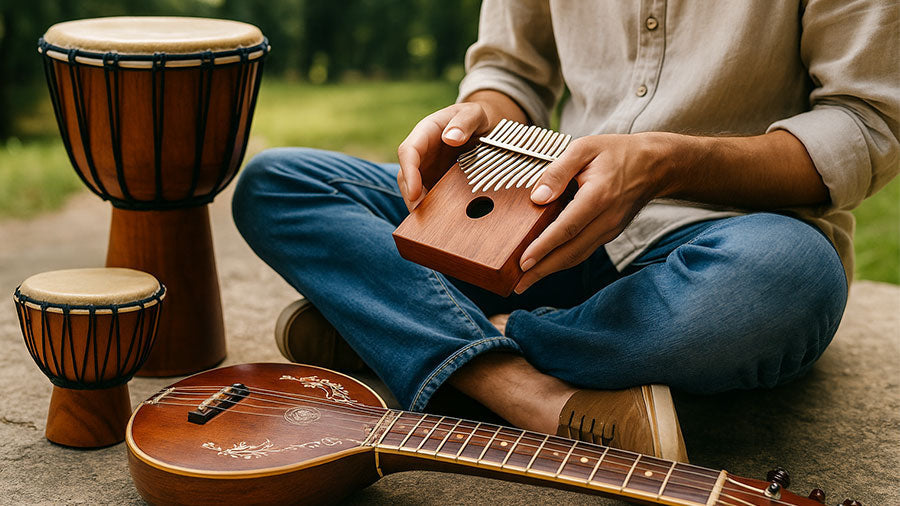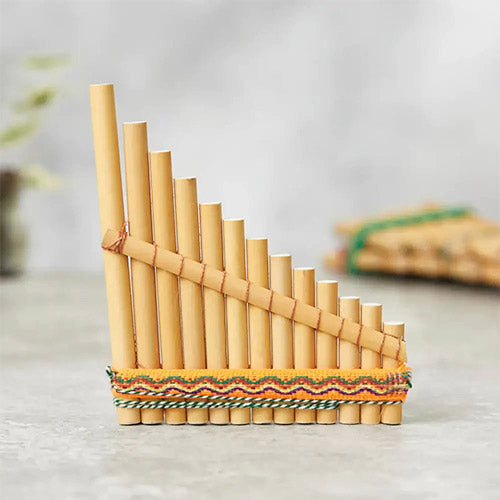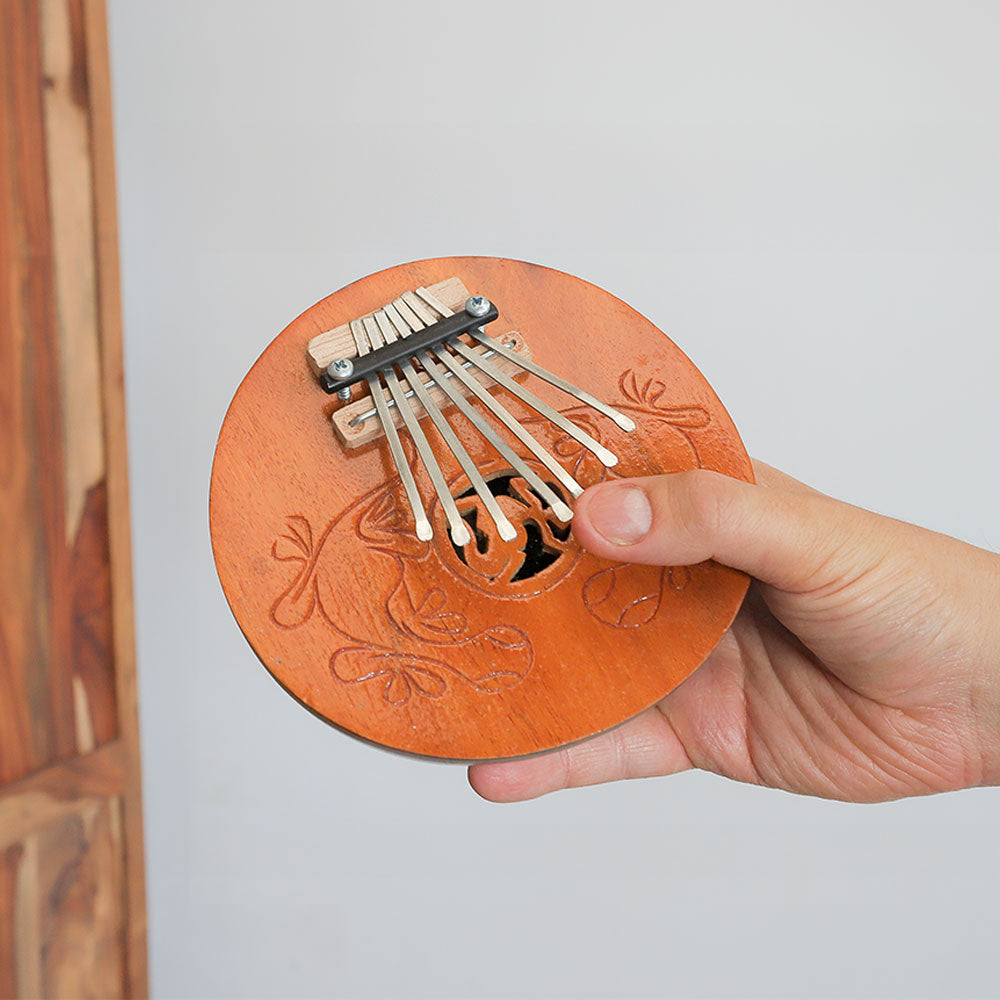World music is more than a genre—it’s the heartbeat of global culture. It blends traditions, instruments, and rhythms from every corner of the planet, forming a bridge between people who might never speak the same language. From the African djembe to the Indian sitar, from Andean panpipes to Japanese taiko drums, world music captures the essence of human emotion through diversity. It’s not confined by trends or radio charts—it’s expression is alive in every culture.
The Global Roots of Sound
World music draws its power from the soil of tradition. Each region contributes a sound that reflects its landscape, history, and people. Africa gave the world polyrhythms—the foundation of nearly all modern music. Latin America added syncopation and percussion that shaped salsa, bossa nova, and reggaeton.
Asia brought stringed instruments like the sitar, koto, and guzheng, weaving melodies rich in meditation and spirit. Europe’s folk traditions introduced harmonic storytelling, while the Middle East infused music with hypnotic modes and deep emotion. Every country, every culture adds a layer to the global rhythm.
Famous Tracks That Defined World Music
World music first entered mainstream attention in the 1980s when artists like Paul Simon, Peter Gabriel, and Youssou N’Dour began blending global influences into their work. Songs such as Graceland (1986) fused American folk with South African harmonies, while In Your Eyes brought African percussion into pop culture. Baba Yetu by Christopher Tin became the first video game theme to win a Grammy, sung entirely in Swahili.
Artists like Nusrat Fateh Ali Khan, Cesária Évora, Ali Farka Touré, and Buena Vista Social Club showed how authentic regional music could reach global audiences without losing its soul. These songs didn’t just entertain—they transported listeners to new cultural worlds.
The Layers That Make Up World Music
At its core, world music is built on rhythm, melody, and storytelling. It often features traditional instruments, natural sounds, and lyrics in native languages. The percussion grounds the emotion, the melody tells the story, and the vocals carry the spirit of the people. Many forms of world music rely on repetition, call-and-response patterns, and organic textures that create connection rather than spectacle.
It’s music made for gathering—dancing, celebrating, mourning, and remembering. Whether it’s tribal drumming in Ghana, bamboo flutes in Bali, or Celtic harps in Ireland, world music captures the identity of its roots and the unity of humanity.
Rediscovering Connection Through Instruments
World music proves that sound is a universal language—every beat, note, and tone tells the story of a culture and its people. From the deep resonance of a West African djembe to the gentle breath of an Indian flute, traditional instruments embody generations of craftsmanship and spirit.
Our collection celebrates this connection, offering authentic, ethically sourced instruments made from natural materials like bamboo, coconut shells, and clay. Whether you’re discovering rhythm or expanding your sound, each piece invites you to experience the true heartbeat of world music.






